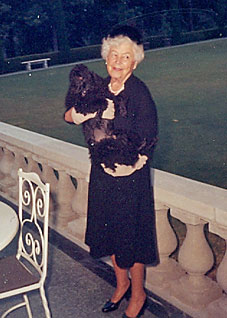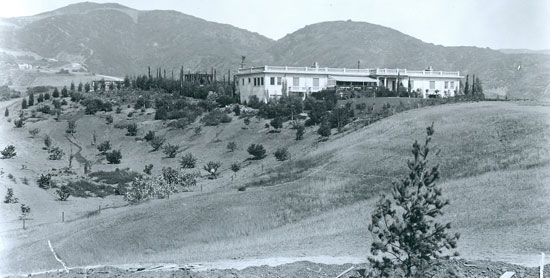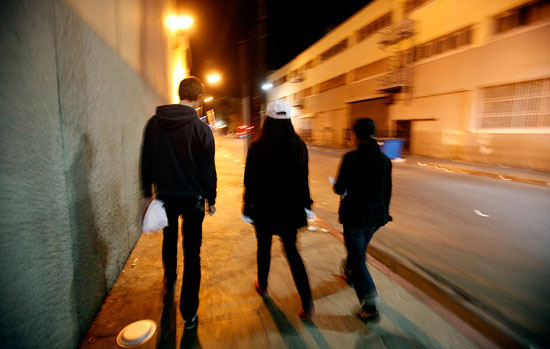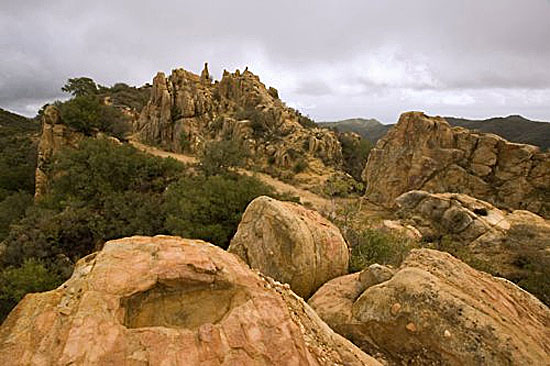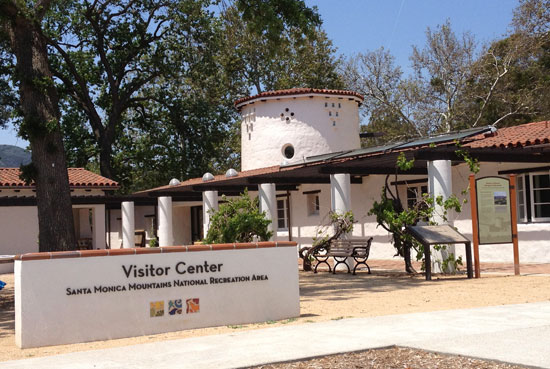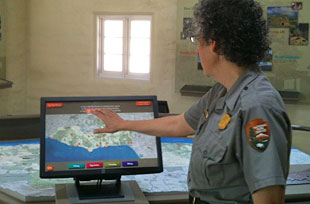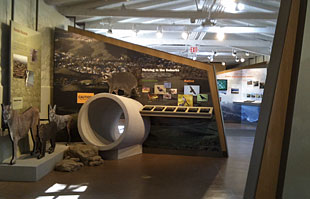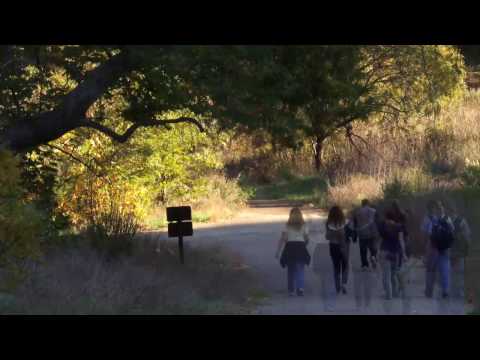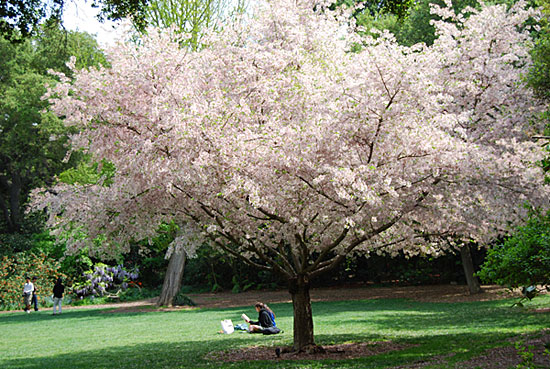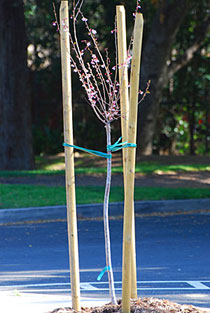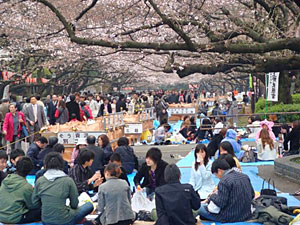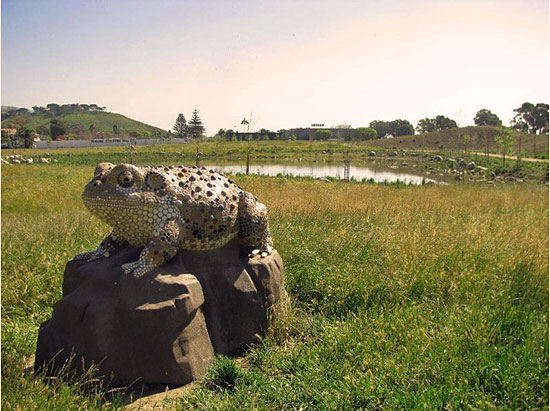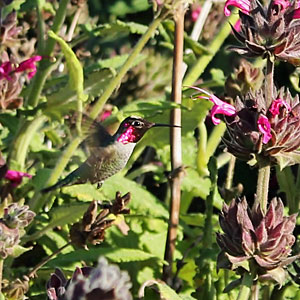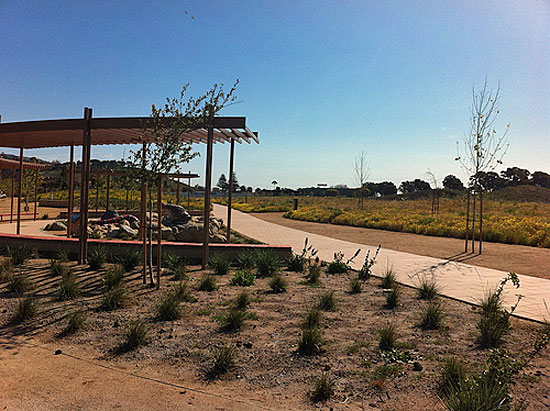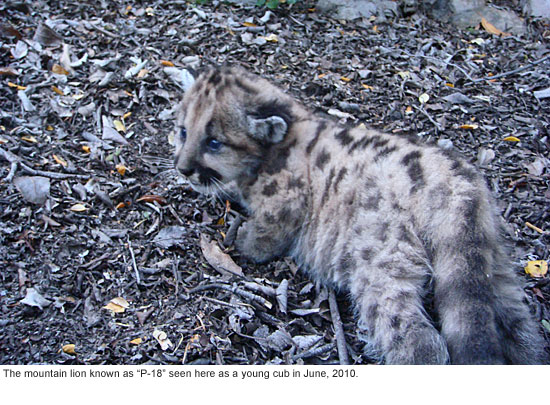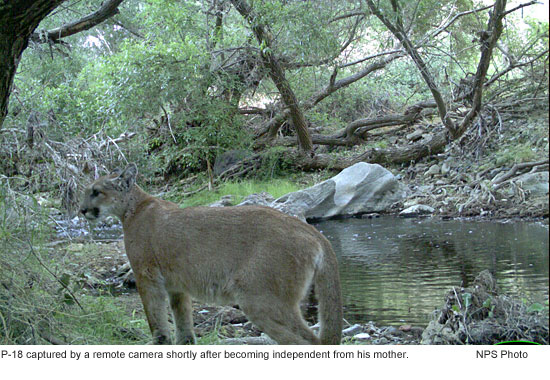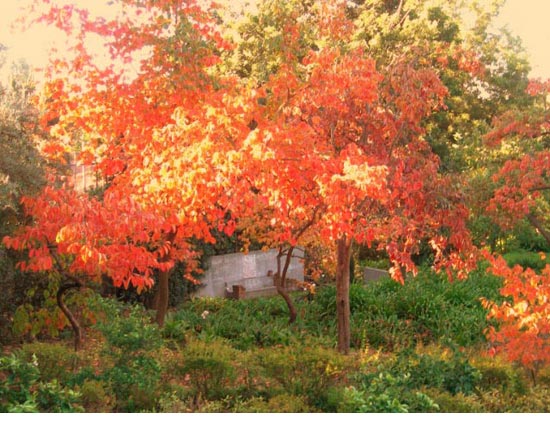Scratching a $33,413-a-month itch

Fleas used to wreak havoc at county shelters. Now donated spot treatments are spelling relief.
We all have our baggage. Take the 70,000-plus dogs and cats that arrive each year at Los Angeles County’s animal shelters. Think they come alone? Think again.
“Ohhhhh,” laughs John Gonzales, a former animal control officer who is now president of the nonprofit Los Angeles County Animal Care Foundation. “Ticks and fleas.”
“All it takes is for one dog to show up with a couple and within 20 minutes they all have them,” says Gonzales, whose organization supports the county shelters through fundraising for spay-and-neuter programs, pet adoptions and other animal welfare initiatives.
“And then if you adopt the animal out, even if you give him a quick bath, people will come back complaining that not only does their new pet have fleas, but their whole house is infested. It’s not a pleasant situation. And that’s not including what the poor animal goes through.”
That scenario used to play out with dispiriting frequency at county shelters, where intake workers rarely had the time or budget to do more than spritz flea spray onto the itchier-looking arrivals, and where managers periodically had to call pest control companies in to treat the kennels.
“The ticks were especially hard to get rid of,” says Animal Care and Control Director Marcia Mayeda, ”because they can jump off the animals and hide, even in the crevices of broken concrete.”
For the past three years, however, the county has been deploying a secret weapon, donated through the Foundation from a pet products manufacturer.
“Now, when animals are brought in, they get a physical, vaccinations and a spot treatment of flea medication,” says Mayeda, crediting a $33,413-per-month, in-kind gift of Frontline Plus by the Georgia-based Merial Corp.
“We still obviously clean and disinfect our kennels daily but we no longer have to bring in people to treat them for ticks and fleas.”
The product donation, which is not unusual between manufacturers and pet advocacy organizations, is part of Merial’s “Partners in Protection” community outreach program to shelters and veterinarians.
Nikkia Starks, director of consumer marketing at Merial, says the program has connected with more than 50 shelter clinics across the country to help protect pets from fleas, ticks and heartworm disease while educating shelter staff and pet owners on the importance of preventative pet health care. The Los Angeles County gift, she adds, is among its larger ones.
Though some municipalities have agreed to tout Merial’s products in return for their donations, the county’s use of the product carries no such conditions. Rather, Gonzales says, Merial donates supplies of Frontline Plus to the Foundation, which then passes it on to the county’s seven animal shelters. “We’re kind of the middle man,” he says.
The foundation’s nonprofit status, he adds, offers the manufacturer a tax break without obligating the county to serve as a marketing partner. Mayeda says Merial approached the county in 2011 with the offer. Recognizing the brand, she in turn took it to Gonzales, she says.
Such spot treatments—so called because the pesticide is applied on a spot of skin at the back of the animal’s neck so the pet can’t accidentally ingest it—typically keep pets flea-free for up to 30 days at a time, but tend to be pricey. Frontline Plus, for instance, retails in pet stores for up to $18 per dose.
“We never used it before because we couldn’t afford it,” says Mayeda. “But our flea and tick problem has gone from an ongoing concern to pretty much nonexistent, and it has made a big difference in the overall health of the animals, and in customer service as well.”
Posted 1/23/14


